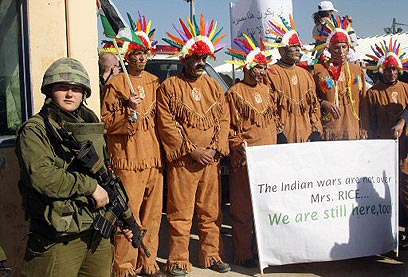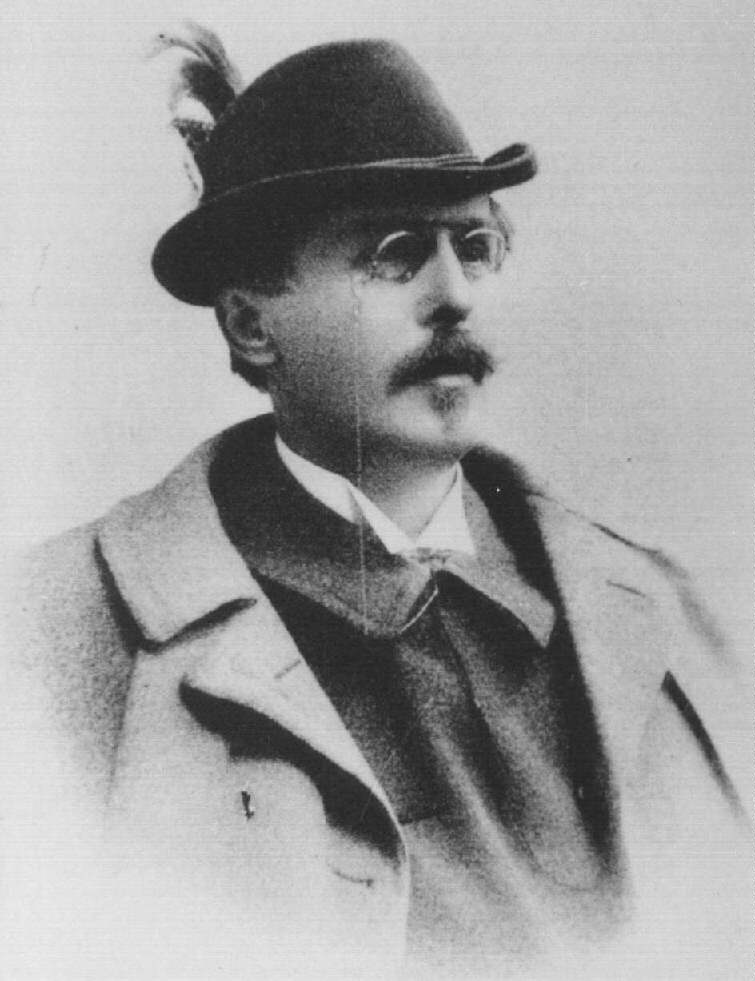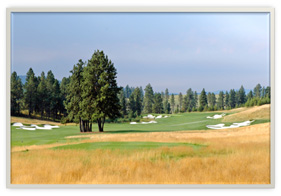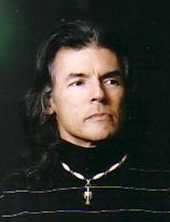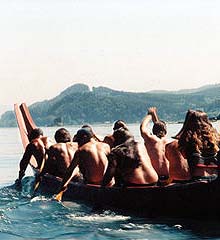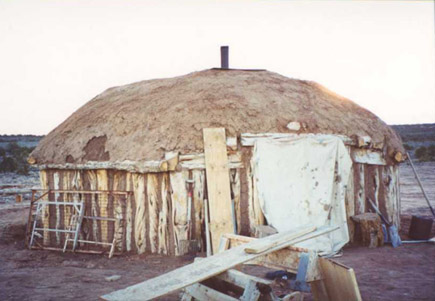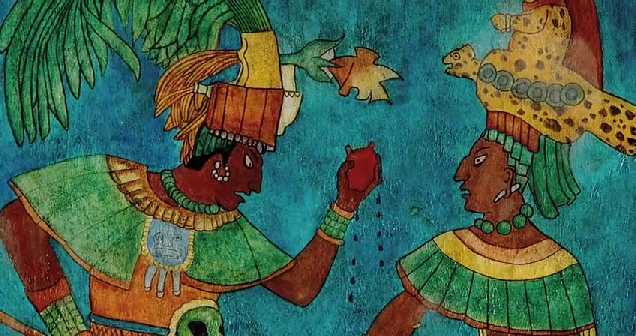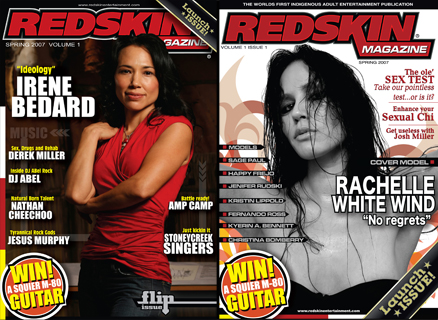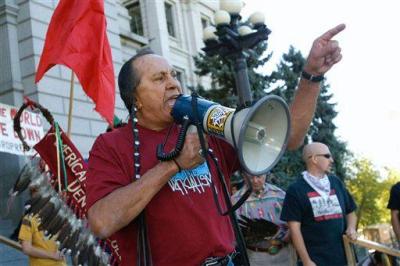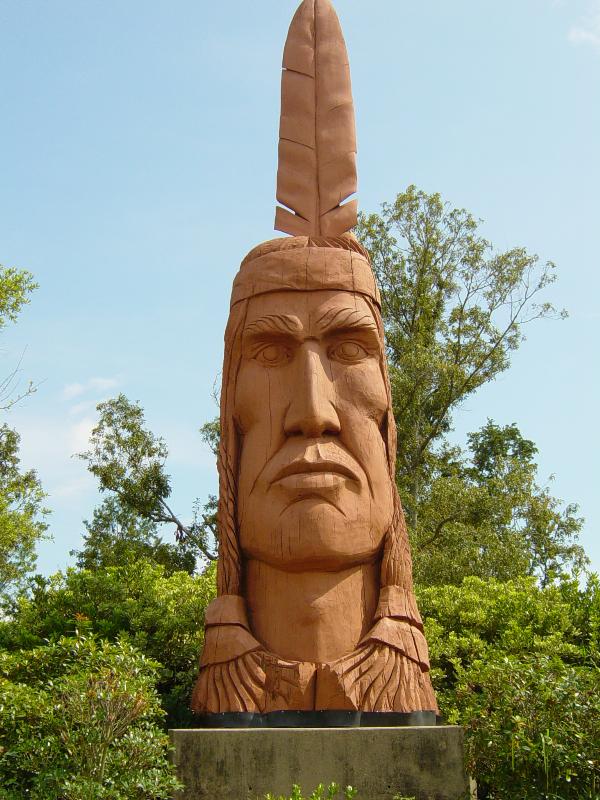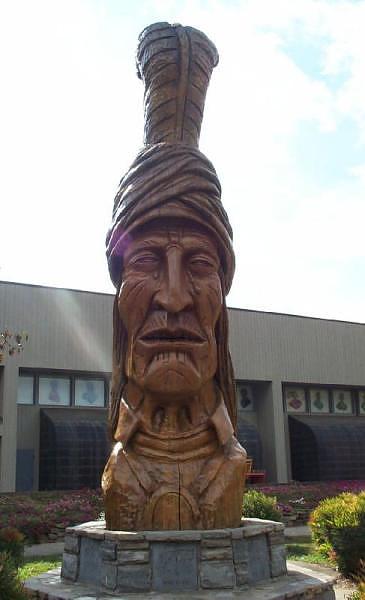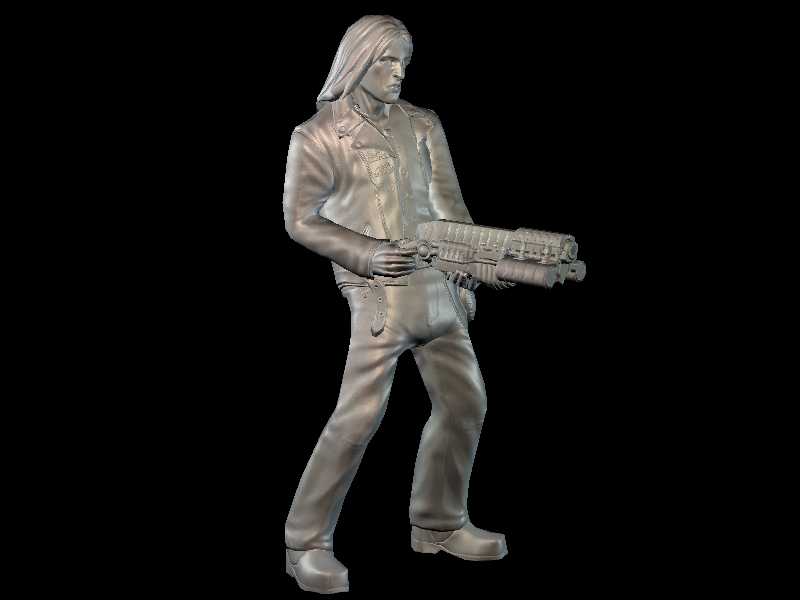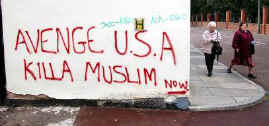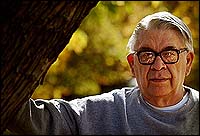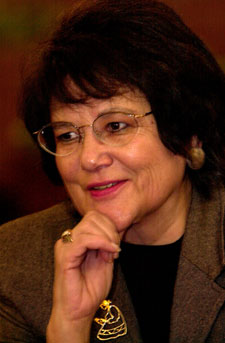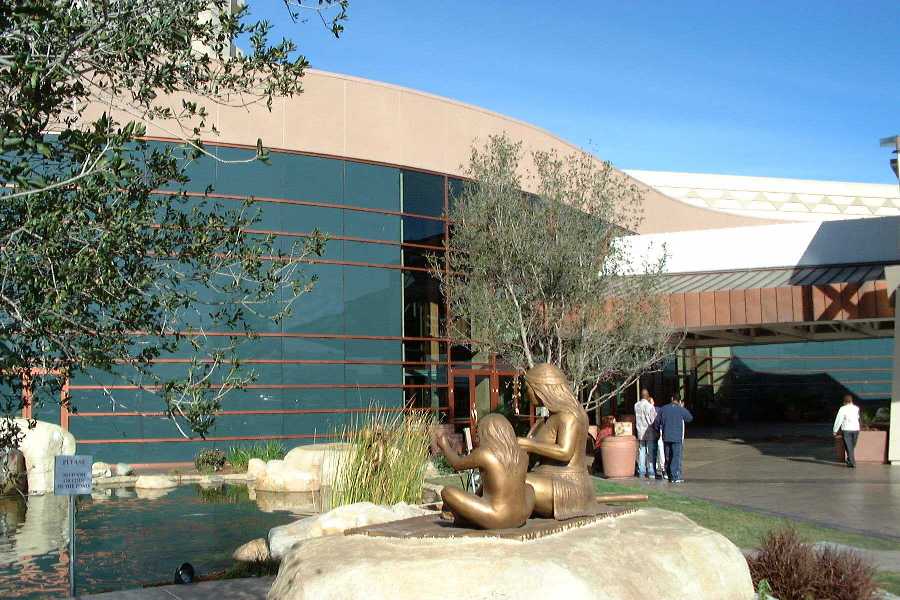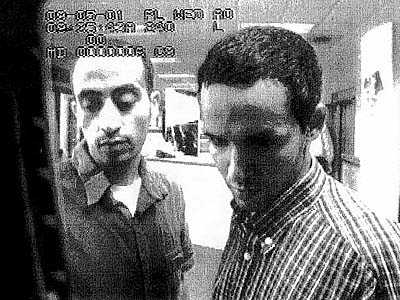Earlier this year, Creative Spirit put out a nationwide call to Native American screenwriters for scripts falling into one of two categories--green and grindhouse. The green category was designated for stories dealing with environmental themes, while "grindhouse" referred to stories reflecting the rebellious spirit of low-budget genre films of the 60s and 70s.
Entries were received from all over the United States and were evaluated by a judging panel comprised of SCIC's InterTribal Entertainment, members of the Native film community and film industry professionals, including Emmy-winning director Arthur Allan Seidelman, Academy-award winning documentary filmmaker Victoria Mudd, screenwriter Travis Wright, producer Roberta Pacino, American Indians in Film and Television founder Sonny Skyhawk, producer Brian Wescott and journalist/critic Robert Schmidt. Each entry was reviewed by at least three judges and judging was blind (the title page identifying the writer was removed from each script).
Harjo won the green category for her script titled "The Migration," which is set in the future on an almost uninhabitable earth and tells the story of a brother and sister who are forced to flee for their lives carrying a small bag of seeds that will grow a new world. Studi won the grindhouse category for her script, "Doe Woman," which is a contemporary spin on a traditional Native American story and follows the journey of Laney Brewster, who works in a tribal office by day, but at night she emerges as Doe Woman to issue her own form of vigilante justice, writing wrongs and protecting all Indian kind.
The scripts are set to go before cameras on September 28 for three days of shooting, followed by three days of editing, with the world premiere scheduled for October 4, 2008. Creative Spirit is an employment and training initiative of SCIC and InterTribal Entertainment, which aims to provide more opportunities for Native American talent in the film industry. The four previously produced Creative Spirit films are currently on the film festival circuit and have been screened nationwide.
"The Creative Spirit program is continuing to grow," says ITE director James Lujan," and the main reason it's growing is because of the talent that's out there in the American Indian community. The overall quality of the scripts we received was very high."
This year's first runner up was Migizi Pensoneau for "Liminality." Honorable mentions went to Roberto A. Jackson for "Unrest," Tim Garcia for "Mr. Pearson's Crow," Nigel R. Long Soldier for "The Coming of Man," and Yvonne Fisher for "Checking Out."
Also for the second year in a row, I voted yes to one of the winners ("The Migration") and no to the other ("Doe Woman"). I also read and voted no to "Liminality," the first runner-up, and "The Coming of Man," an honorable mention.
Lujan and I discussed my votes via e-mail. I agreed with him that "Doe Woman" and "Liminality" were flawed but had a lot of potential. Perhaps the biggest problem facing Doe Woman is how she'll wear stiletto-heeled boots over her little doe's hooves.
With Lujan's and my critiques and a good rewrite, these scripts could work. We'll see how they turn out.
For more on the subject, see Creative Spirit Film Competition.



